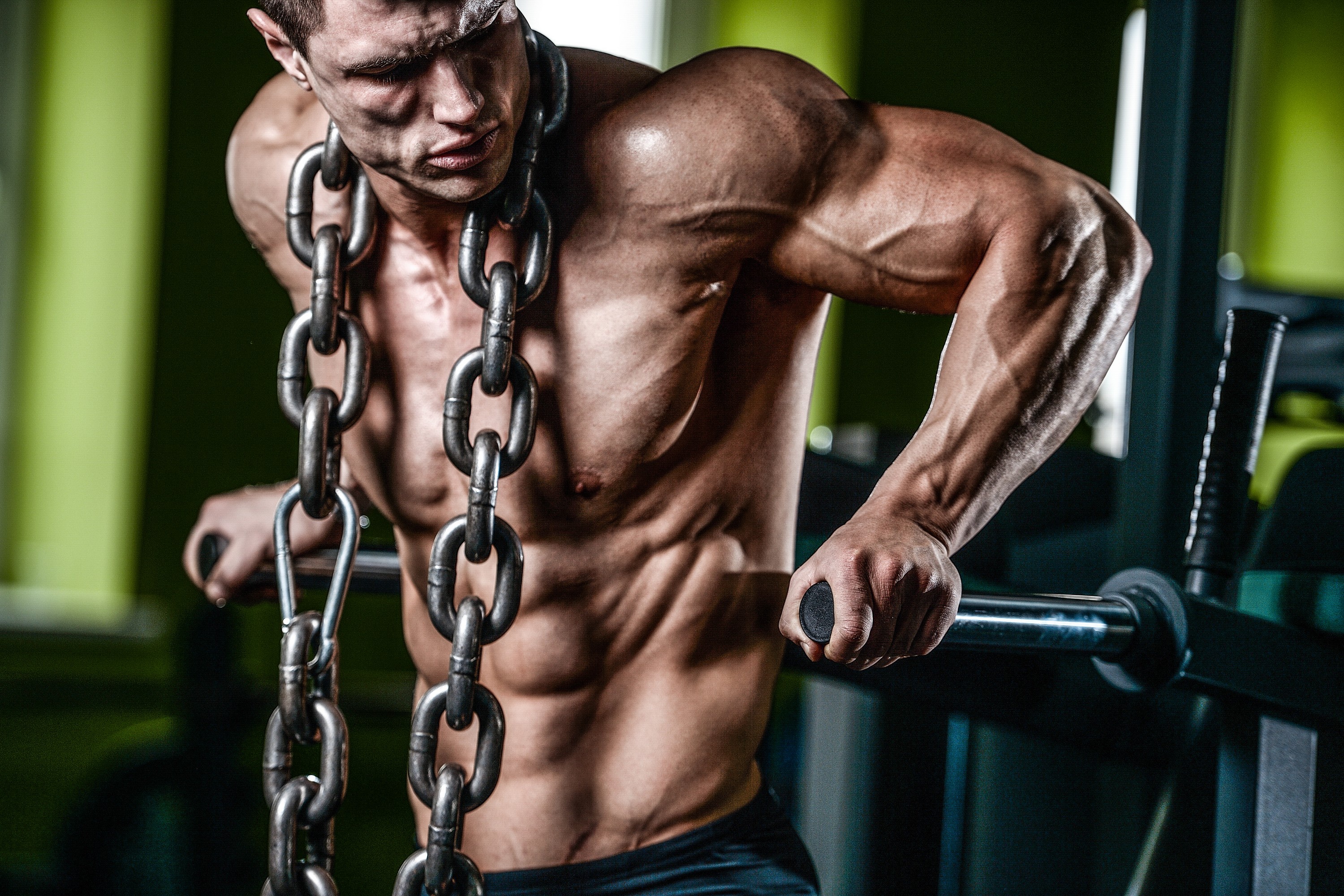Sports nutrition review
Sports supplements can be divided into separate classes according to their main mode of action (although some modes of action may coincide in different classes):
- muscle mass and strength;
- energy and endurance;
- recovery after loading.
Muscle mass and strength
“All in one” or “combination of supplements”
For these purposes, I usually use protein powders or MRP (food substitutes) as a basis and supplement them with special individual supplements, such as creatine, glutamine or HMB.
Amino acid
Amino acids are the building blocks of protein. These supplements, which include branched-chain amino acids, are often used by athletes during periods of intense training. They are often preferred instead of protein shakes.
Creatine
Creatine can help increase strength and muscle mass, as it will allow you to increase the amount of work performed with maximum intensity. Creatine is actively studied by scientists and is widely used to improve performance by sprinters, as well as athletes who need power and strength.
Power Substitutes (MRP)
These products contain carbohydrates, proteins (usually whey and casein), vitamins, minerals and other nutrients. Food substitutes offer a well-balanced and convenient alternative to solid food. They are designed to promote muscle growth and recovery.
Protein supplements
Intense exercise increases the need for protein. Thus, protein supplements can help meet the daily needs and, therefore, help power athletes maintain or build muscle mass. They come in three forms: protein powders, ready-to-drink drinks and high-protein nutritional bars.
Other additives in this category include:
- Androstenedione
- Glutamine HMB
ZMA prohormones.
Energy and endurance
Sports drinks
Isotonic sports drinks help to compensate for fluid losses during and after exercise, and also supply working muscles with carbohydrates. They also contain electrolytes (sodium and potassium), which help the body retain fluid.
Energy bars
Energy bars are a convenient source of energy before, during and after an intense load.
Energy drinks
Energy drinks contain more carbohydrates than regular sports drinks. Usually, for very intense loads lasting more than 60 minutes, 12-20 g of carbohydrates per 100 ml of the drink is used. Energy drinks help maintain blood sugar levels, provide energy to the muscles and slow down the rate of depletion of glycogen stores.
Energy gels
Energy gels are a highly concentrated source of carbohydrates. During a prolonged exercise lasting more than 60 minutes, they can help delay fatigue and improve endurance.
Caffeine
This central nervous system stimulator is able to increase concentration, attention and endurance. It increases the level of fatty acids in the blood, which can supply energy to working muscles and, thereby, save muscle glycogen.
Other additives in this category include:
- Ephedrine/ma huang
- Fat burners (or thermogenics)
- Ginseng.
- Recovery
Nutritional Bars
Nutritional bars are a convenient source of carbohydrates, protein, vitamins and minerals. They can help to fill the muscles with energy and restore.
Multivitamin and mineral supplements
They can help to ensure the “optimal” level of vitamins and minerals to maintain working capacity. Most ordinary sports and fitness enthusiasts could probably benefit from taking such supplements.
Antioxidant supplements
They can provide additional protection against cardiovascular diseases and cancer, as well as promote recovery after intense exercise and reduce post-exercise muscle soreness.
Fish oil and other supplements enriched with omega-3
They can help reduce inflammation, pain and stiffness in the joints, promote post-exercise recovery and optimize aerobic performance.
Glucosamine and chondroitin
These supplements can help maintain joint mobility, repair damaged cartilage, and reduce joint pain and inflammation.
Other additives in this category include:
- Energy drinks
- Glutamine
- Sports drinks.



